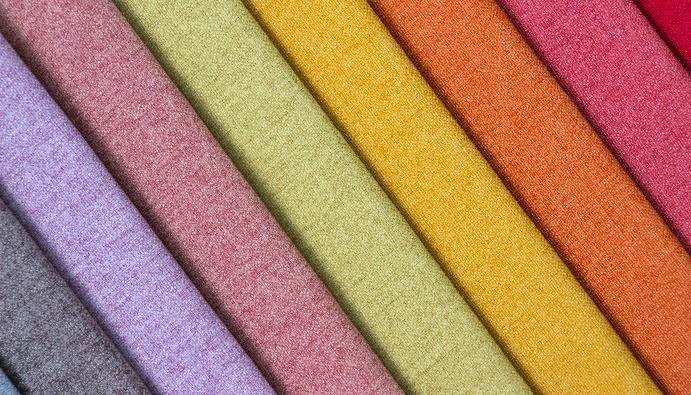
BLOG
KATEGORİDEKİ DİĞER YAZILAR

Microorganisms are present in the environment we live in, in the air, in our clothes, in all items used at home, in short, everywhere. However, microorganism growth in textile products has become a more important issue in environments with high human circulation such as hotels and dormitories, for people and children who care about hygiene.
Antibacterial textile products are fabrics that have undergone special chemical treatments to prevent or limit bacterial growth or are treated with materials with antimicrobial properties. The antimicrobial agents used in these products are usually the following:
The increasing importance of hygiene in textile products has led to different searches in the sector. Antibacterial textile products have recently become a very important issue. In the textile sector, bedroom textile products (sheets, pillows, mattresses, blankets), home textile products (carpets, rugs, tablecloths, cleaning cloths, towels), as well as many types of antibacterial products such as outerwear, underwear, socks, wipes, baby products are produced.
Antibacterial products generally have the ability to prevent the growth of bacteria that can grow on fabrics and kill existing bacteria. These types of textile products show bacteriostatic and bacteriocidal properties.
Antimicrobial textile production is generally realized by 2 methods:
Antibacterial products produced by the methods mentioned above must pass tests and prove their antibacterial properties before they are put on sale.
Antibacterial tests are based on Staphylococcus aureus and Klebsiella pneumoniae bacteria.
Antibacterial textile products are preferable products for crowded environments such as hotels, dormitories and especially for environments that can host many microorganisms such as hospitals.
Nanolab Laboratories Group continues to provide services within the scope of Antibacterial Textile Products. We also provide services in Microbiological Efficacy Testing.
Contact us for more information.
You can follow us on LinkedIn for up-to-date news and posts about our services.
Follow our Instagram account to be informed about our latest blog posts.